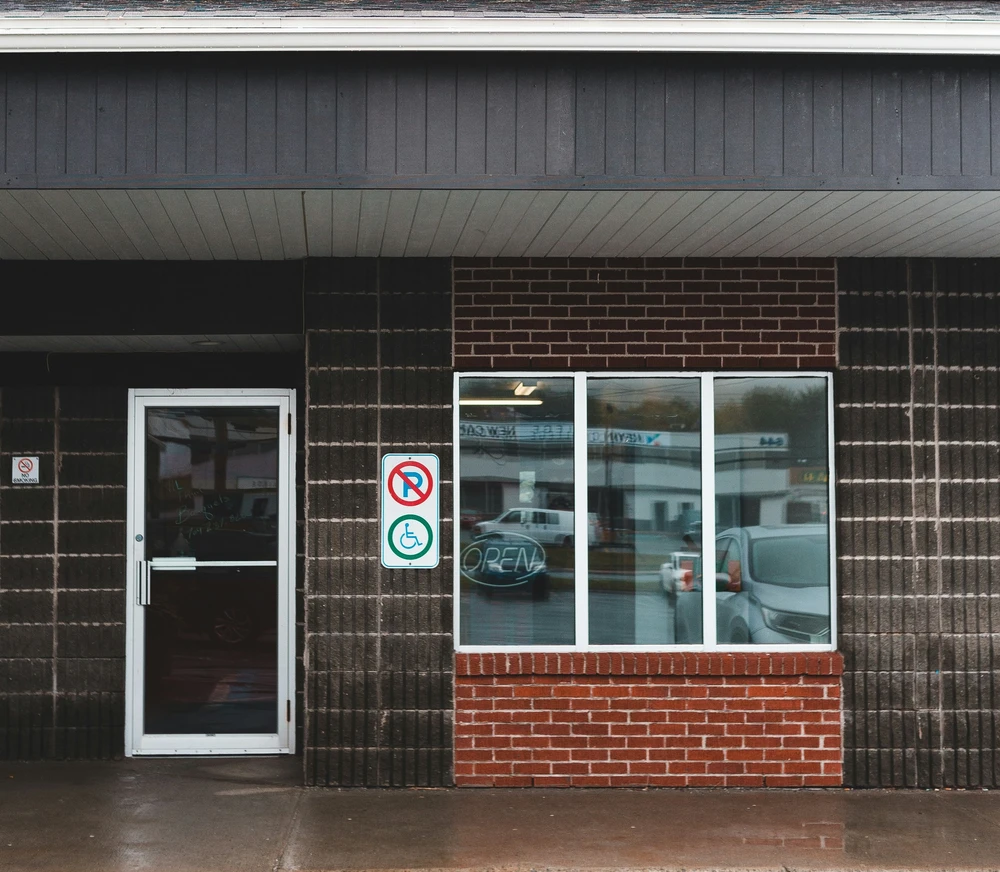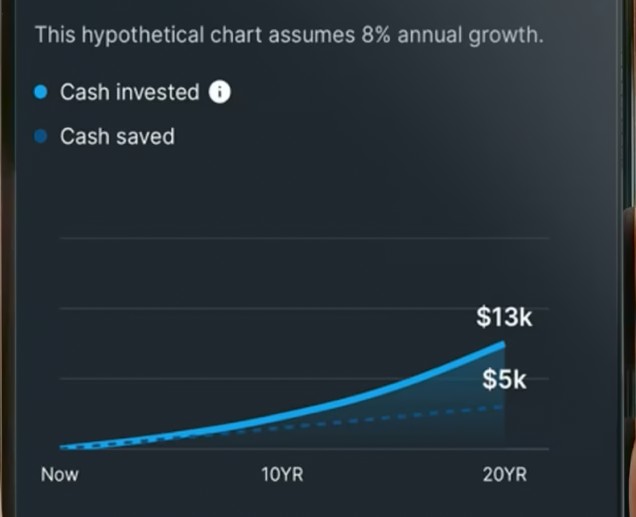Introduction to the Cost of Living
The cost of living refers to the total amount of money needed to maintain a basic standard of living. It covers essentials such as housing, food, transportation, and healthcare. This financial metric plays a critical role in evaluating economic conditions for individuals and families across the United States. Notably, the cost of living can vary significantly between states due to factors like regional economic policies, infrastructure, supply and demand, and geographic differences.
Housing costs are typically the most substantial component of the cost of living. States with booming economies or high population density, like California and New York, often have steep housing prices. In contrast, states such as Mississippi or Arkansas offer more affordable housing, greatly influencing their overall cost of living.
Food and grocery prices are another key element. In states with strong local agriculture, such as Iowa or Idaho, grocery bills may be significantly lower. However, states that rely on imported goods, like Hawaii or Alaska, face higher prices due to shipping costs.
Transportation and healthcare costs also vary. Urban dwellers may benefit from public transportation, reducing personal vehicle expenses. Meanwhile, healthcare costs depend on the availability of providers, insurance regulations, and competition among hospitals and clinics.
Understanding these variables is essential in conducting a meaningful cost of living comparison. It highlights how purchasing power, particularly what $100 can buy, shifts across state lines.
Methodology for Cost of Living Comparison
To present an accurate cost of living comparison, we analyzed a range of publicly available data from sources like the Bureau of Labor Statistics, Numbeo, and state-level economic reports. The study compared average prices in categories such as:
- Housing
- Groceries
- Transportation
- Healthcare
- Utilities
- Entertainment
We normalized prices and purchasing power to reflect how $100 performs across different states in 2025. Both urban and rural regions were included to present a comprehensive picture. States were selected based on population diversity and geographic variety to represent the broader American experience.
State-by-State Breakdown: What $100 Buys
A $100 bill can mean vastly different things depending on where you live. Here are some highlights from our cost of living comparison:
- Mississippi & Arkansas: Known for low housing and food costs, $100 can buy up to 140 fast food meals or two weeks’ worth of groceries.
- California & New York: High rent and taxes reduce purchasing power. $100 might only buy 60 meals or cover just a few hours of parking in downtown areas.
- Texas & Georgia: Offering a balance between affordability and infrastructure, $100 stretches further on gas and groceries.
- Hawaii: Shipping costs elevate prices. Residents may only get about 22 gallons of gas with $100.
- Ohio & Indiana: Midwestern states often feature moderate prices, allowing $100 to cover a wide range of basic needs efficiently.
The Cheapest States to Live In
Mississippi
- 30% lower housing costs than the national average
- Affordable groceries and healthcare
Arkansas
- Low property taxes and inexpensive housing
- Access to affordable outdoor recreation
New Mexico
- Unique mix of affordability and cultural richness
- Below-average utility and grocery prices
In these states, $100 goes a long way—ideal for retirees, remote workers, and families seeking lower expenses.
The Most Expensive States to Live In
California
- High housing and fuel costs
- Elevated taxes and insurance rates
New York
- Costly rent, particularly in NYC
- High transportation and dining expenses
Hawaii
- Increased prices due to import dependence
- Expensive healthcare and limited housing options
In these areas, your $100 vanishes quickly, often covering only a fraction of daily necessities.
Regional Trends in Cost of Living
Our cost of living comparison reveals broader regional patterns:
- Northeast & West Coast: Higher living costs, especially in urban hubs.
- South & Midwest: More affordable housing, utilities, and healthcare.
- Urban vs Rural Divide: City residents face higher rent and services, while rural dwellers enjoy lower costs but may trade off job opportunities.
These trends guide decisions for relocation, retirement, or remote work planning.
The Impact of Inflation in 2025
In 2025, inflation continues to play a critical role in reducing the value of money. Supply chain issues and increased consumer demand have driven up prices across nearly every category:
- Groceries: Up 8% nationally
- Gas: Fluctuates between $3.50–$5.00 per gallon depending on the state
- Rent: Continues to rise, particularly in tech and coastal hubs
Inflation disproportionately affects low-income households, making cost of living comparisons even more important for budget-conscious individuals.
Smart Budgeting Based on Location
Given the stark contrast in regional expenses, here are budgeting tips tailored to your state:
- In High-Cost States: Use budgeting apps, limit discretionary spending, and explore government support programs.
- In Low-Cost States: Take advantage of surplus income to build emergency funds or invest.
- For Movers: Research housing, taxes, and job markets before committing to a new location.
Understanding where your $100 stretches furthest allows for smarter spending, better savings, and improved financial well-being.
Conclusion: Why Cost of Living Comparison Matters
Our 2025 cost of living comparison reveals just how much geography affects your wallet. As inflation and economic shifts continue, these differences will become even more significant. Whether you’re considering relocation, job changes, or just want to better manage your budget, understanding regional cost differences empowers smarter financial decisions.
Keeping track of these trends ensures you’re making informed, location-sensitive choices about spending, saving, and living.












